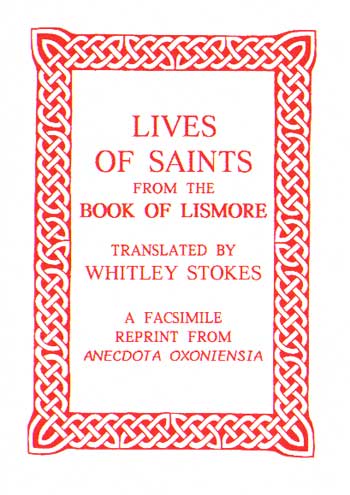


Speculation that Tadc was behind a subsequent assassination attempt on Donnchad in 1019 (Ryan, 1941) seems little more than an attempt to supply a reason for Tadc’s murder in 1023 at the hands of the Éile (north Tipperary). His involvement in the latter event is only recorded in the Clonmacnoise Group of annals, which consistently portrayed Donnchad in a negative light over the course of his fifty-year career the unrelated Annals of Inisfallen from Munster, the northern Annals of Ulster and Annals of Loch Cé ascribe victory to Donnchad alone. He defeated his brother Donnchad in battle in 1014 and the following year he may have joined with Donnchad to successfully defend Limerick against Domnall son of Dub dá Bairenn of the Eóganacht of south Munster (Uí Echach). Only two events are recorded in Tadc’s ten-year career prior to his murder in 1023. If his half-brother Donnchad’s (qv) absence from the action is taken to suggest that Brian had misgivings about his capabilities, then the same yardstick ought to be applied to Tadc. Even if Tadc was then in his early teens, he must have been born in the middle of the 990s at the latest, rendering him at least twenty when the Battle of Clontarf (1014) occurred clearly old enough to play a role but not recorded doing so in contemporary sources. Tadc and Mór had a son, Tairdelbach ua Briain (qv), whose reported age at death (seventy-seven in 1086) suggests that they were married by c.1009. The Banshenchas (‘Lore of women’) records that Tadc married Mór, daughter of Gilla-Brigte Ua Maíl Muaid, king of Cenél Fiachach, a union that his father would have used to undermine Máel-Sechnaill's hegemony over the midlands, by allying with a kingdom bordering on Munster and who were at odds with Máel-Sechnaill (although subsequently Tadc’s in-laws played no part in Brian’s final battle). Tadc is a largely undocumented figure but nonetheless significant as the progenitor of the most successful line of Brian’s descendants, among whom were kings of Munster, Dublin, the Isles and Ireland in the eleventh and twelfth centuries, and subsequent lords and earls of Thomond in the later middle ages and early modern era. Its lower status vis-à-vis Brian’s other relationships is suggested by the Uí Aeda Odba’s obscurity and the absence of Echrad’s obituary in the annals, in contrast to those of two of his wives, Gormlaith (qv) (rigan Muman, ‘queen of Munster’) and Dub Choblaig (ben Briain, ‘wife of Brian’). The Uí Aeda Odba (possibly located within Southern Uí Néill territory, not far from Dublin) were the most politically insignificant dynasty that Brian married into, if indeed Echrad was a formal wife of his theirs may have been a temporary or casual relationship.

1023), son of Brian Bórama (qv) and Echrad, daughter of Carlus mac Ailella of Uí Aeda Odba.


 0 kommentar(er)
0 kommentar(er)
